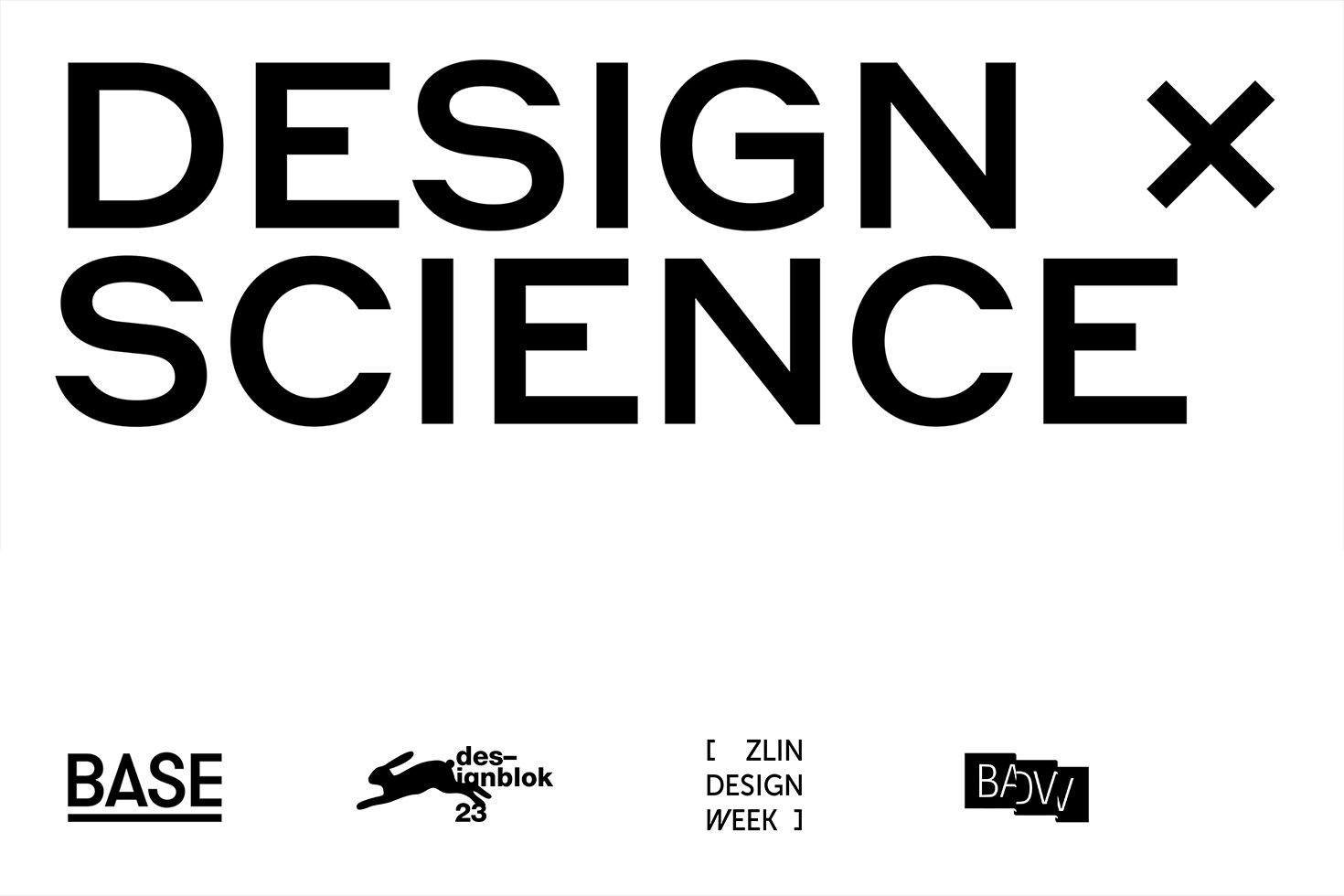Phygital materiality
Sense-driven CMF design and experimental material library
The initial outputs of research into sense-driven CMF design explore how the nuances of the seemingly organic shape – sculpted and materialized by digital technology – influence one’s perception of the bipolar ‘natural to artificial’ scale.
The doctoral research aims to investigate the possibilities of integrating design and multidisciplinary research in designing materials, surfaces, and color solutions (CMF design). The presented material study aims to test the different perceptions of materials, their surface structures, and color variants when changing the environment and sensory perceptions. In the real world, we experience the materiality of objects through multiple senses, which are additionally influenced by our sensory memory. How does this change in the technically augmented forms of reality?
The contribution to the exhibition is a collection of material samples whose shape was differentiated by (1) parameters used in the 3D modeling software, (2) different 3D printing settings, and (3) the selection of the material. Combining all three aspects affects the final sensory properties of each sample. How do the nuances of the seemingly organic shape, shaped and materialized by digital technology, influence one’s perception of the bipolar ‘natural to artificial’ scale?
The dissertation research is carried out within the activities of FAD STU’s MX lab – workplace focused on research in the field of digital design tools and impact of emerging technologies on the design process.
 Read more
Read more
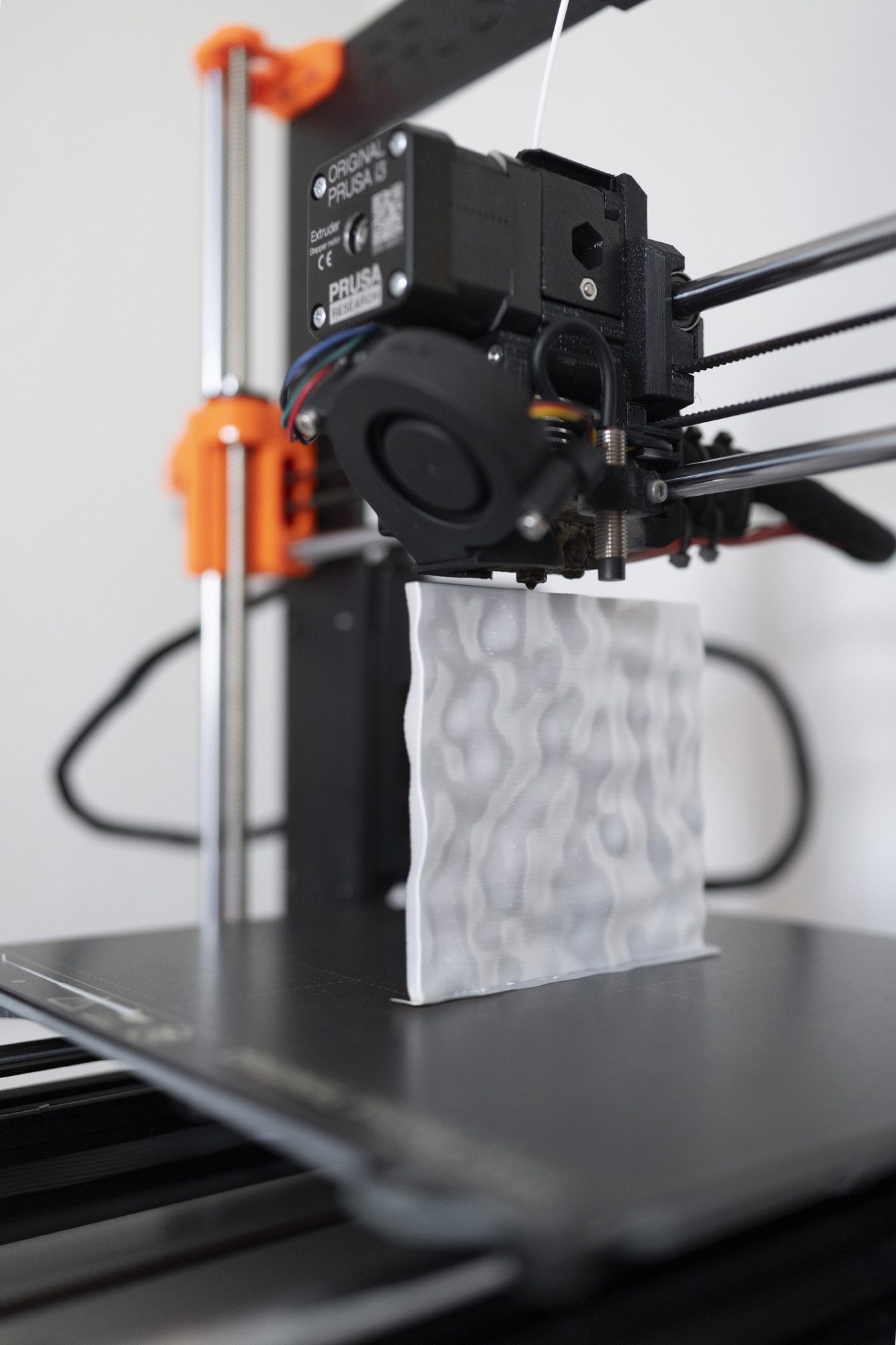
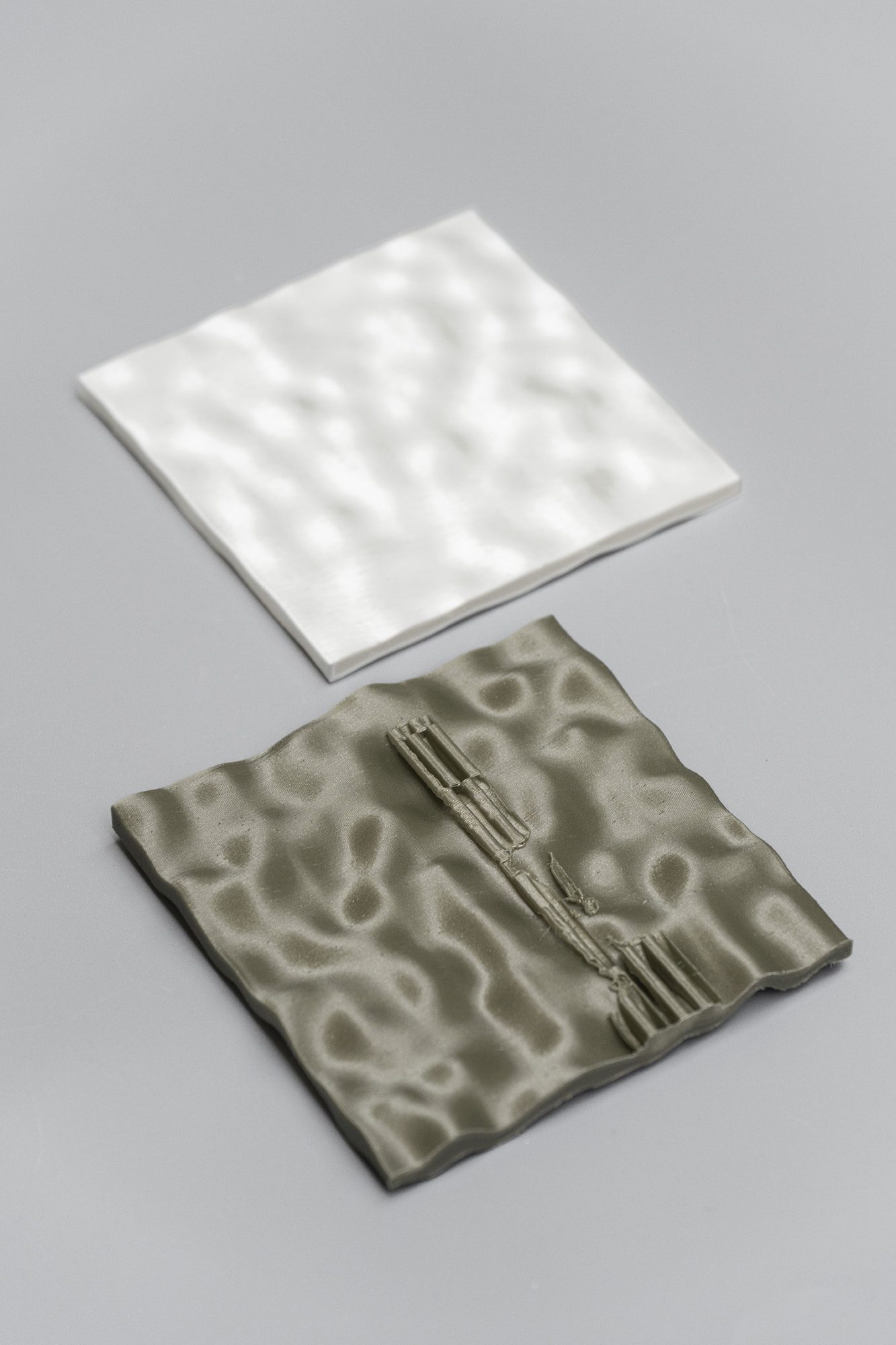

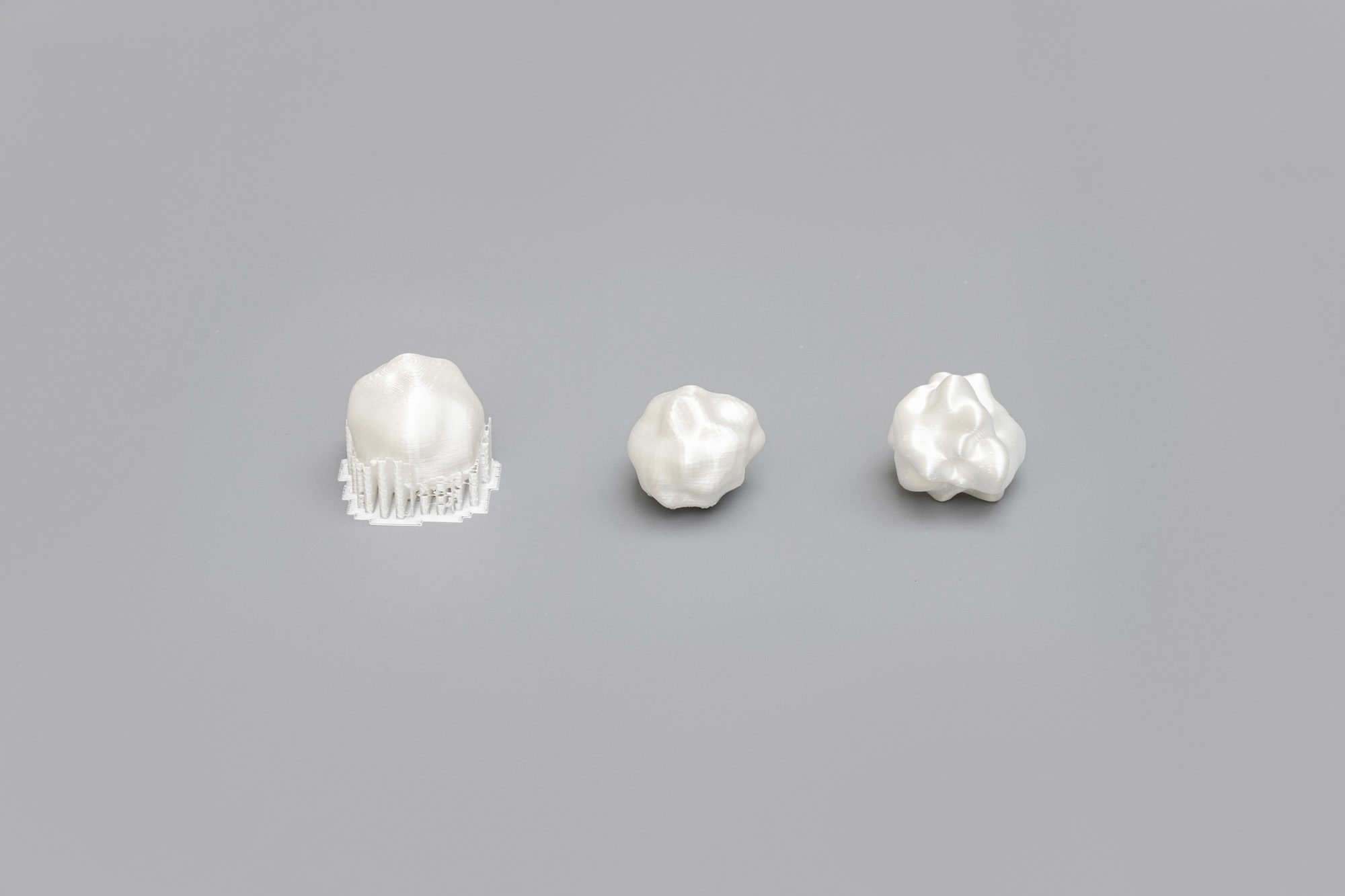
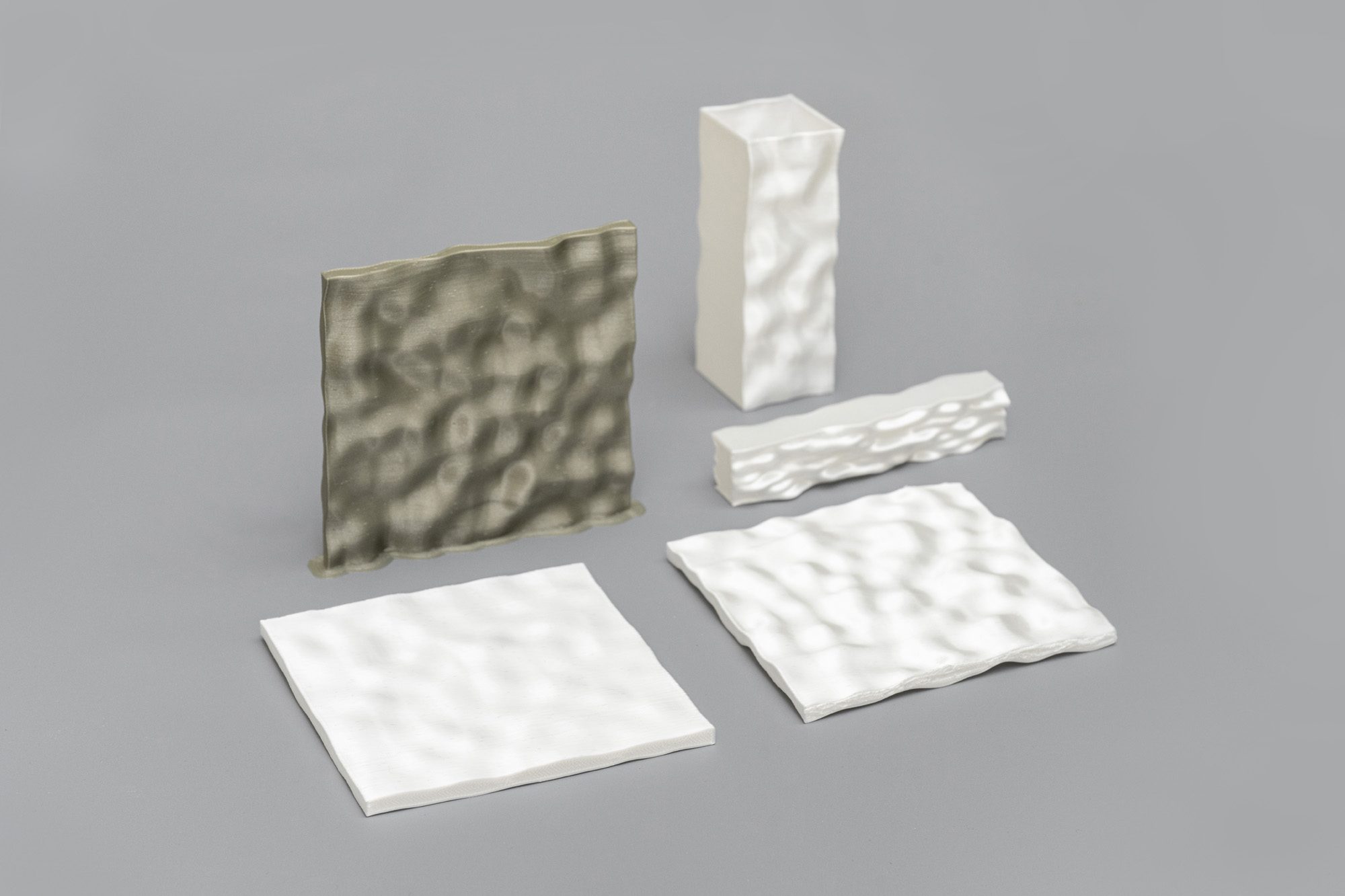
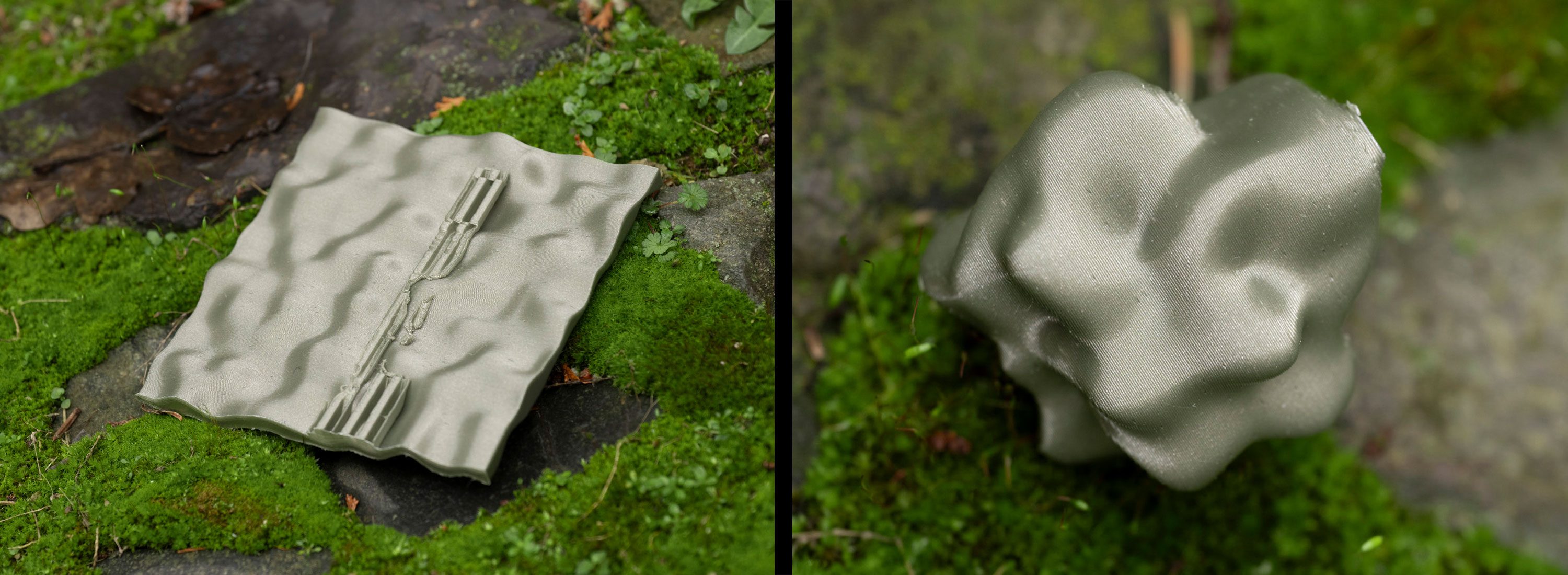
Partners



People

Lucia Suchá
Doctoral Design Research
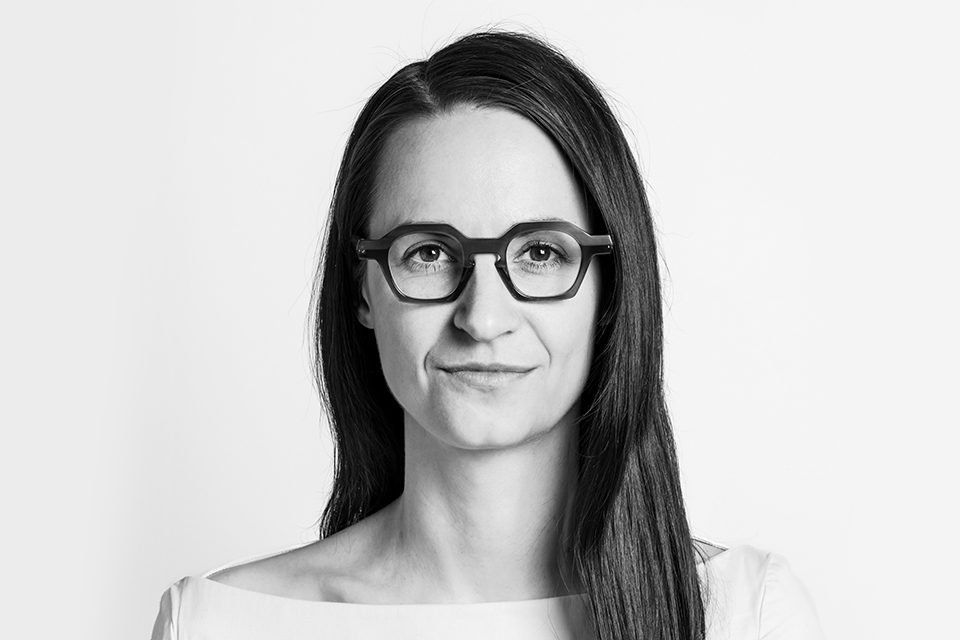
Michala Lipková [ ғᴏᴜɴᴅᴇʀ ]
Doctoral Research Supervisor


